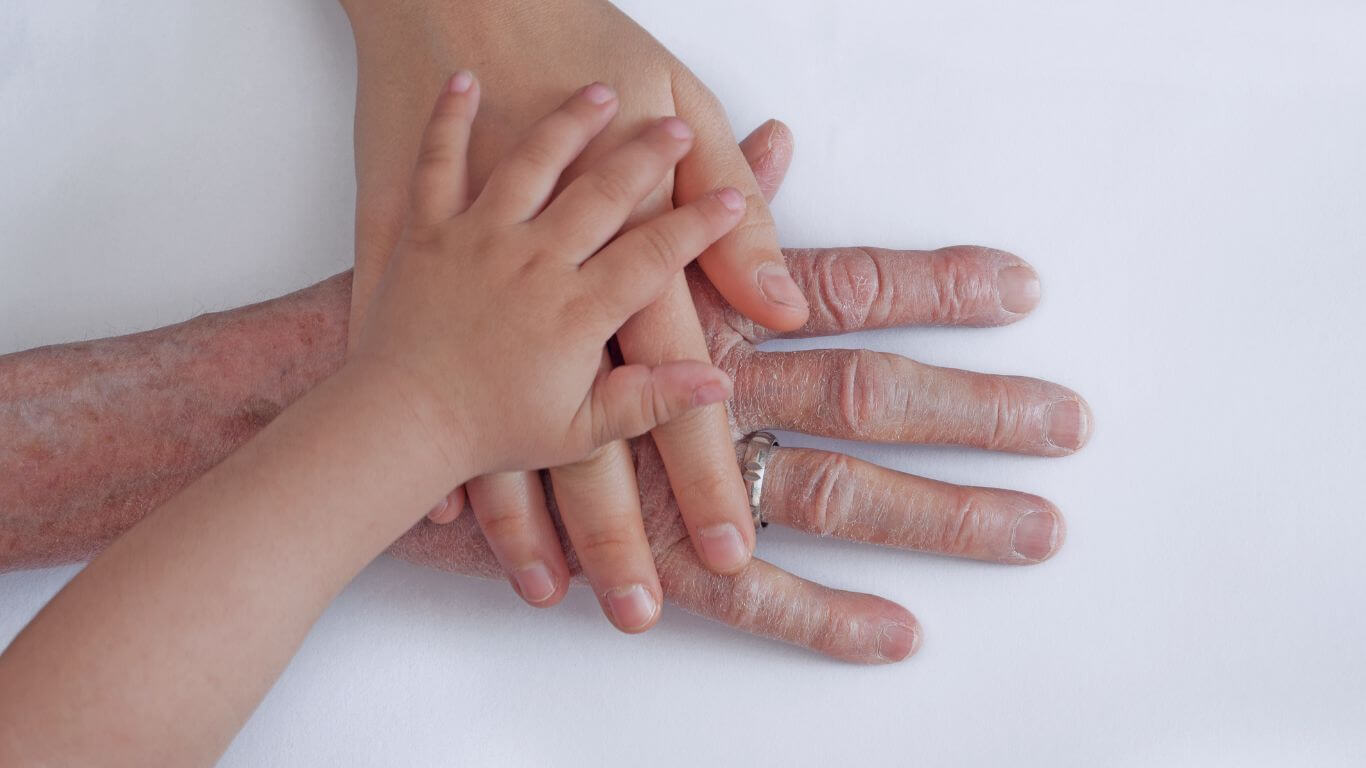Change Can Be Scary - With Great Change Comes Great Opportunity
Change can be scary for most of us. Stepping outside your comfort zone, especially during major life changes, can be downright terrifying. It tends to unlock heightened emotions as we rush to protect what we feel is familiar and right. In other words, we protect the ways in which we are accustomed to belonging. At the other end of the spectrum, we also know, or at least suspect, that being the kind of person who can embrace change provides us with great opportunities to shift, grow, and prosper. But, first, we must get out of the way of our deeply embedded, and not always helpful, beliefs and mindsets. In other words, what we perceive as right or wrong, good or bad, possible or not possible.
Change Perspective
If we stay stuck in those mindsets there is little forward momentum. But if we are willing to look at our current situation from a different angle, we find new ways to flourish in a changing world. For example, during the pandemic, when everybody was locked down, a lot of people lost their new job and a lot of opportunities went away. But for some people, even small change turned out to be a good thing. I remember hearing about one woman who didn’t have a job, whose husband got laid off. Despite her intense fear of change, she started baking because it was one of the things that she did whenever she was stressed. That morning, she baked a dozen cupcakes and frosted them beautifully. And just as she finished, one of her friends stopped by and said, “Oh, my goodness, I forgot. I need a dozen cakes, or at least cupcakes, for a bake sale. Would you mind selling me those?”
And at that moment the lightbulb switched on. These unexpected turns of fate led to a new beginning. The woman sold that first batch and made more cupcakes and sold those. She baked and baked until she had to get a commercial kitchen to handle all the orders. Finally, she decided, “What the heck,” and opened a cupcake shop. Post-pandemic, she and her husband were thriving.
Powerful Adaptation
We call this agility—a well sought-after quality a lot of companies look for in their employees. Basically, those who can adapt and change can grow. And in case you hadn’t noticed, change is the name of the game at the moment. Global shifts are happening, including wars, political divides, and environmental changes—giant pattern makers are affecting every single one of us. How you react to what is happening will decide your immediate future, affect the futures of others around you, and affect the lives of your descendants.
For example, if we look at political situation, you may choose to dig in your heels, distance yourself from those who think differently, blame, shame, and name whatever doesn’t fit with your world view. And this may well be a viewpoint that didn’t even originate with you, but rather with some family member in your ancestral lineup. And you may pass this restrictive view on to your children. The choice lies in you. Are you going to stay running on rinse and repeat and saddle your kids with this limitation? Or will you be the difference you are looking for?
Instead of distancing yourself from others you don’t agree with, can you find ways to connect? Can you bring people together instead of being part of the dynamic that pushes people apart? It’s very easy to be reactive. But it pays much higher dividends when we are creative! Every good businessperson understands one thing very well: Life and business are all about relationships. Relationships are far more valuable than opinions. They understand the importance of finding commonalities that will build a good stakeholder network, no matter what is happening. They literally cannot afford to find themselves stuck in one camp or another. Instead, they learn how pivot as the climate demands.
Change Tips
When differences and challenges land in your lap, take a breath, stand back and look at your current situation around you. In times of change, assess the situation as objectively as possible. The only way forward is to ask yourself: Can you see a way forward? Are things really as bad as you first imagine? Back in the 1960s, the famous pop-group, The Beatles, were considered degenerate and morally corrupt until enough people enjoyed their music and they became legends. It’s helpful to ask ourselves what we are protecting and why. Is what we’re protecting still relevant now? Or is it asking to change?
- Ask yourself “How does this matter to me? Is the situation triggering a family pattern? Is this situation something I can do something creative with?”
Historically, we tend to resist change and label it ‘bad.’ It can take decades or centuries depending on the force of resistance in response to a powerful agent of change. Sometimes change can even can feel wrong or evil. At these times, it’s really important to ask ourselves what about the change provokes such a strong reaction for us.
Curiosity is a great antidote to dogma—it is how we grow the world. It is what allowed the flat Earth to become the round Earth. It is how we have electricity and technology. Progress happens when we get curious and start exploring instead of fighting, even in unfavorable circumstances.
- Engage instead of argue. Try to find solutions that work for everyone.
- Literally ask the other person, “How can I understand you? How do we approach our differences in a way that leaves us both in a good place? What is the opportunity here for both of us?”
There is always an opportunity if you are willing to look. Under new conditions, what might seem challenging at first can open new doors. Dogmatic points of view, when explored systemically and explored together, tend to be portals to possibility. When we unwind one pattern, we have the opportunity to create another, leading to what could be the most beautiful blessing.
Change, by its nature, is unsettling, and so is opportunity. For example, the rapid advancements in artificial intelligence in recent years have sparked widespread anxiety about job displacement and ethical dilemmas. Just like what happened during the Industrial Revolution, the AI revolution is triggering fears that this will bring about humanity’s downfall. Yet this technology also offers unprecedented opportunities for innovation, art and beauty, connectivity, and problem-solving—potentially creating a new future for all of us.
Once again, humanity will have to navigate how to enjoy great opportunity without destroying ourselves. Perhaps if we pause for a minute and think it through, this will pay us dividends. Rather than destruction we may be able to break this pattern and introduce balance, allowing ourselves to create rather than react. Bottomline, change is the lifeblood of the Universe. Without it we cannot grow.









